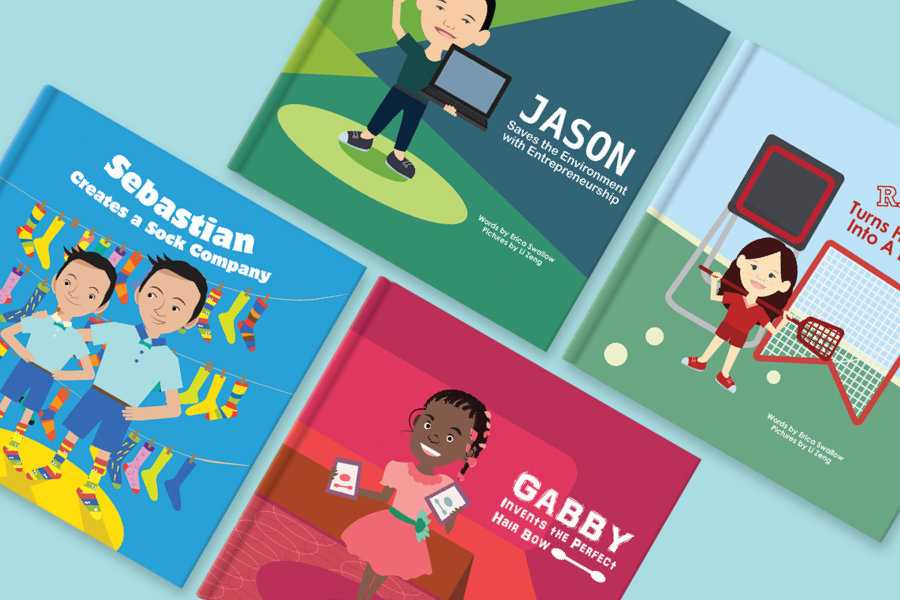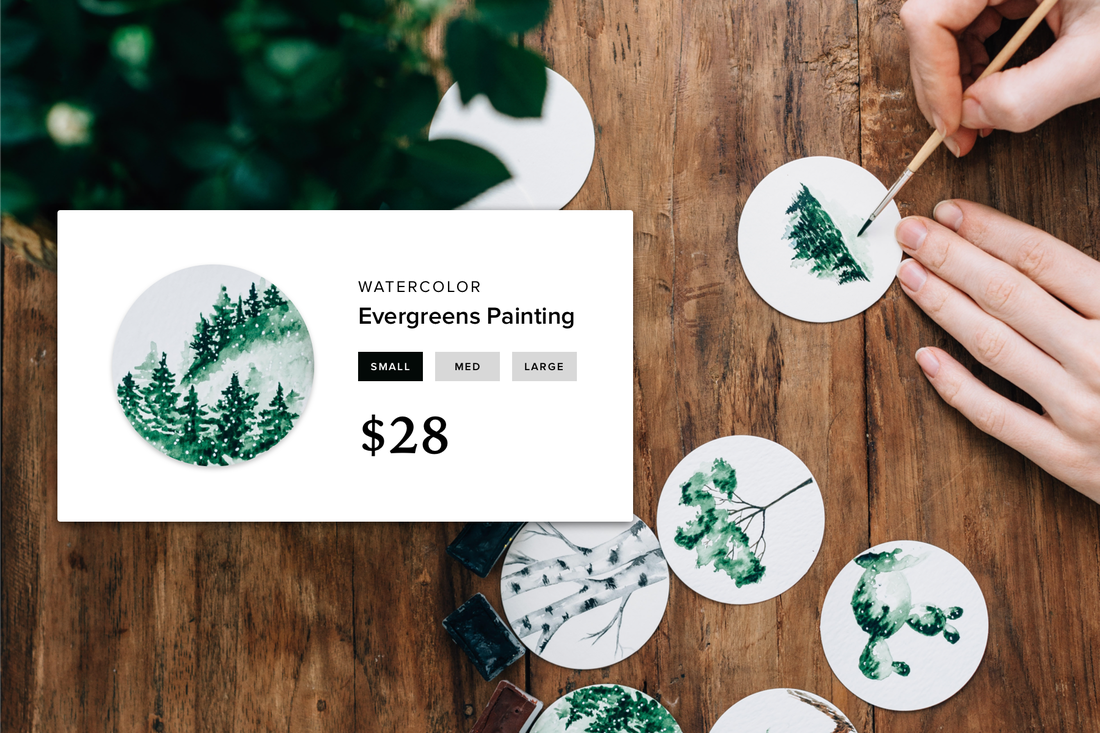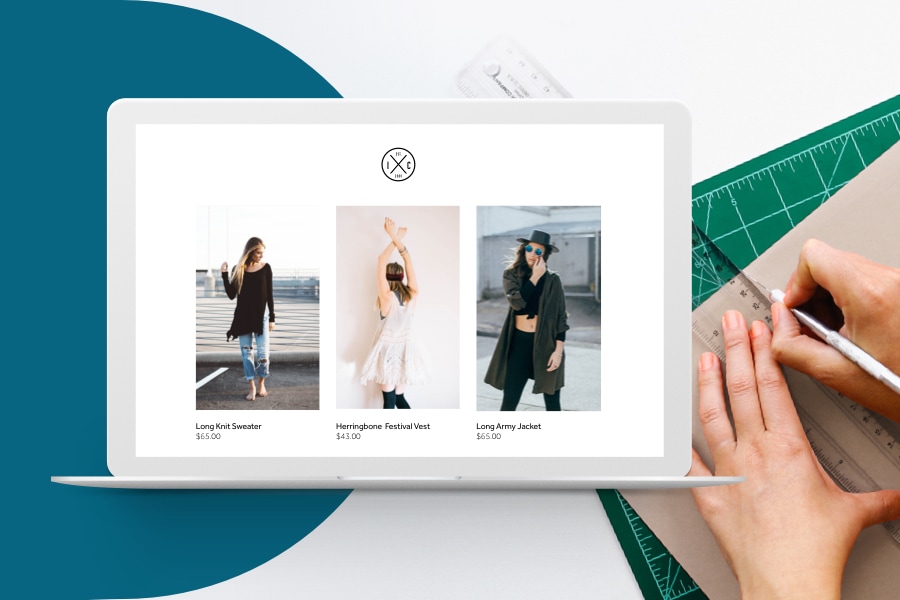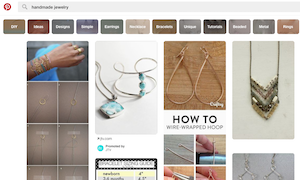Before investing time and money into manufacturing a product you'll need to make sure you have a working and viable product to produce. Creating a working product prototype is a hugely important step in that process.
In fact, it's more than just a step, it's an entire process in itself. To successfully prototype a new product, you'll likely need to build prototypes that will ultimately act as earlier versions of later prototypes. Even Tony Stark had to go through several stages of prototypes for Iron Man, and he's brilliant, super rich...and imaginary.
1. Start With a Business Plan
Maybe you're the kind of person who likes to throw themselves at a project with abandon. That's great and will come in handy as you tear through iterations on your prototype, but you'll save a lot of headaches if you ask (and answer) seven questions before you get started:
1. What problem is my product solving?
2. How do people and organizations currently solve this problem?
3. Where do these solutions excel?
4. What do they lack?
5. How much do they cost?
6. How does my idea improve on these current offerings?
7. How much will my product need to cost in order to turn a profit?
Answering these questions will ensure you're not building a product that the market doesn't need and that you're also not charging too much (or even too little) for it. Sinking resources into the design and manufacture of a product that no one purchases is as good a way as any to go bankrupt.
1. What problem is my product solving?
2. How do people and organizations currently solve this problem?
3. Where do these solutions excel?
4. What do they lack?
5. How much do they cost?
6. How does my idea improve on these current offerings?
7. How much will my product need to cost in order to turn a profit?
Answering these questions will ensure you're not building a product that the market doesn't need and that you're also not charging too much (or even too little) for it. Sinking resources into the design and manufacture of a product that no one purchases is as good a way as any to go bankrupt.
2. Determine Your Must Haves
The prototype process is unlikely to turn out the exact product you have in your head. Cost, as well as time and design limitations, could lead you to shed features in your first go around. If your product is a hit, any lost features can always be part of a follow-up version that provides customers all the more reason to buy a second one.
Rank every one of your product features from most important to least important, that way if the time comes that you need to trim back, you'll know exactly what is most expendable versus what must stay in place before you can ship.
Rank every one of your product features from most important to least important, that way if the time comes that you need to trim back, you'll know exactly what is most expendable versus what must stay in place before you can ship.
3. Design Your Product
You can't build a prototype until you have a solid understanding of what you'd like the final product to be. This might start as a series of sketches, but should ultimately be put together in a 3D CAD program of some kind, which will give you visual confirmation that the product makes physical sense, that its electronics and mechanics all fit within the design, and that it doesn't include weird angles or bulges or other issues that could hamper its creation.
If you're not familiar with CAD programs, you should absolutely get familiar with them through classes like those found at Udemy or work with a 3D designer who can assist you with this part of the process.
If you're not familiar with CAD programs, you should absolutely get familiar with them through classes like those found at Udemy or work with a 3D designer who can assist you with this part of the process.
4. Build a Non-Functional Prototype of Your Shell
Use wood, foam or a similar material to mock up the product's exterior to your planned physical dimensions. There's no need for this to be pretty. What you're looking for at this point is to get a feel for the products physicality, to ensure that your design properly translates to reality.
If it seems too big or too small, is too ungainly in some way, then you can return to the design part of the process, make some changes, and then continue building non-functional shells until you reach a point where things feel just right.
If you need some inspiration, videos like this one from Adam Savage's (he's the smilier of the two hosts from Mythbusters) Tested site are a good place to start:
If it seems too big or too small, is too ungainly in some way, then you can return to the design part of the process, make some changes, and then continue building non-functional shells until you reach a point where things feel just right.
If you need some inspiration, videos like this one from Adam Savage's (he's the smilier of the two hosts from Mythbusters) Tested site are a good place to start:
5. Build a Functional Product Prototype
As with the non-functional shells discussed above, this doesn't have to be pretty. What it does need to do is work. If it has electronics, these should all be in place. Moving parts? Put 'em in. This is a great opportunity to let other people take a look at your product too. Someone versed in electronics, for example, can make sure you aren't on the way to manufacturing a future ball of fire that will replace the Samsung Galaxy Note 7 in the public's imagination.
This is also a good spot to look for and find redundancies in functionality and operation that could enable you to scale back the product's cost. As you find things to change, you'll continue to build functional prototypes until you have one that closely resembles your final product. Then comes the time to actually build that product.
Unless you're planning to build a factory in your backyard or hand craft every single one of your products, you'll probably need to partner with a manufacturer to make this happen. Thankfully there's an Inspiration Center article that tackles exactly how to go about doing so: Communicating Your Product Designs
This is also a good spot to look for and find redundancies in functionality and operation that could enable you to scale back the product's cost. As you find things to change, you'll continue to build functional prototypes until you have one that closely resembles your final product. Then comes the time to actually build that product.
Unless you're planning to build a factory in your backyard or hand craft every single one of your products, you'll probably need to partner with a manufacturer to make this happen. Thankfully there's an Inspiration Center article that tackles exactly how to go about doing so: Communicating Your Product Designs
 Ezra Meyers Ezra is a freelance writer focused on web development, email marketing and baseball. He lives in Los Angeles, but wishes he lived in Tokyo.
Ezra Meyers Ezra is a freelance writer focused on web development, email marketing and baseball. He lives in Los Angeles, but wishes he lived in Tokyo.





